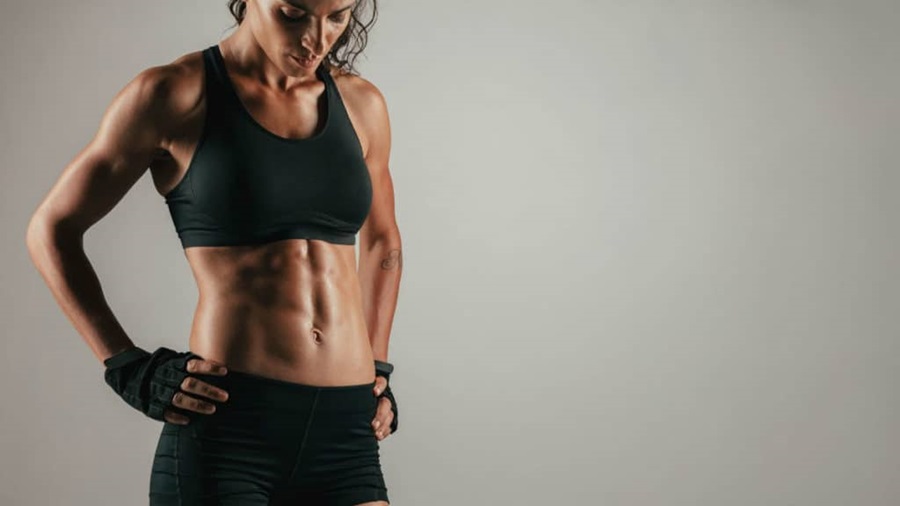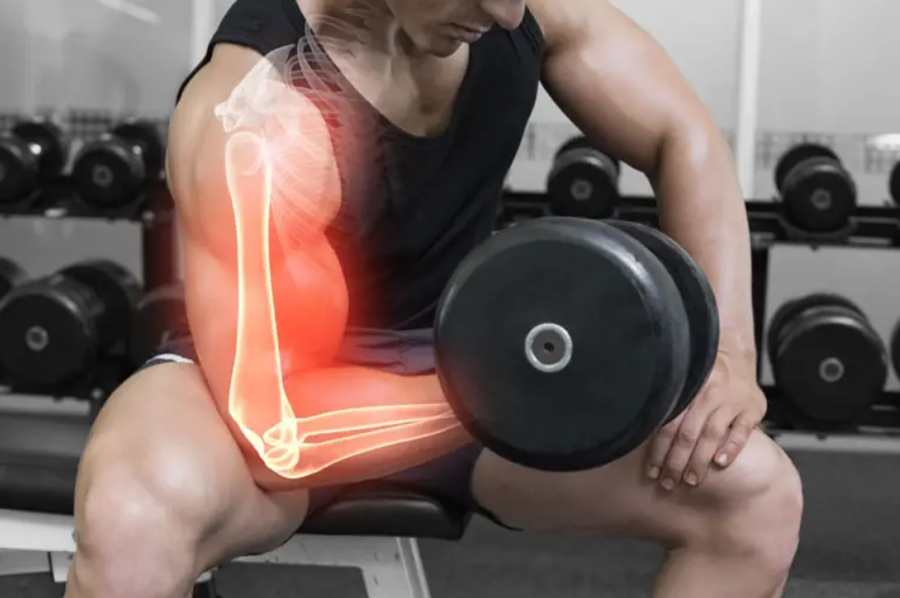Like most people, you probably spend most of your time working on your “show” muscles. You know, the ones everyone sees when you’re wearing a tank top or shorts. But what about the muscles that no one ever sees? These are known as the “hidden” muscle groups and are just as important as your show muscles. This article will discuss the most commonly forgotten muscle groups and how to work them!
Contents
The Importance Of Working Out All Muscle Groups
When planning your workout routine, it is essential to prioritize the activation and strengthening of all muscle groups equally. Developing strength in all your muscles helps keep you balanced and physically fit while also helping with symmetry. Working out various muscle groups will help ensure that the development of your body remains even and uniform, no matter what exercises you do or at what level you do them.
Additionally, maintaining an exercise routine that isn’t limited to just one activity will help keep your body from becoming overly reliant on any given exercise, which could lead to muscular fatigue. You can build a strong physique without any lopsidedness by activating each of your muscles through different activities and gradually increasing reps or sets. Far from being an afterthought, working out all your muscles should be the start of any fitness regimen.
Serratus Anterior
The serratus anterior helps move the shoulder blades, connecting your arms to your ribcage. The serratus anterior is often overlooked because it is located underneath other muscles and can be challenging to target. This neglected muscle group plays a significant role in shoulder and chest stability. Including exercises that target these often forgotten muscles in your routine can help improve posture and reduce pain or injury to the back and shoulders.
Aiming for stronger serratus anterior also contributes to better movements requiring arm lifts, such as a pushup or lifting weight overhead. Incorporating wall-facing pushups and side planks into your routine can help you strengthen these critical muscle groups that are too often overlooked.
Rhomboids
It’s easy to forget something as small and insignificant as the rhomboids, but they play an essential role when it comes to upper body strength. Rhomboids are the muscles that connect your shoulder blades to your spine. They assist with postural support and stability in your movements, including keeping your shoulders back, lifting heavy objects, and stabilizing against additional force in certain exercises. Weakness in these muscles can lead to poor posture, hunching over, or rounded shoulders.
Therefore, strengthening these muscles should be a priority for anyone looking to increase their strength and optimize performance in their workouts. A few exercises specifically targeting the rhomboids include rowing, external rotation of the shoulders, and eccentric pull-ups. Incorporating them into a training routine will help ensure your upper body’s health is balanced.
Adductors
Although adductor muscles are something that we use during our daily activities, they are often forgotten when it comes to exercising. These muscles connect the thigh, leg, and pelvis, acting like a bridge between the upper and lower body parts. These muscles add stability to our bodies and promote knee and hip flexibility during sideways movements. Working out these muscles can improve our sports performance and increase our range of motion.
Exercises such as the lateral lunge and standing adductor exercises with a band or cable machine will help strengthen the adductors and aid in overall athletic performance. With a regular strengthening routine for this muscle group, more balance can be achieved throughout the body when walking, running, or jumping!
Grip Muscles
Our grip muscles are perhaps one of the most commonly forgotten or neglected muscle groups – and yet, they play a key role in helping us with our everyday activities, such as lifting weights or lugging grocery bags. These muscles, which run from our forearms to the base of our fingers, should not be ignored during our workouts because they help strengthen other, more visible body parts.
To reap increased benefits from exercising, incorporating elements that target the small muscles of the hand and forearm can go a long way toward improving fitness levels. For instance, a strong grip can enable a person to increase their bench press and chin-up strength. Despite this knowledge, many people leave out grip training in their exercise routines.
Hamstring
Hamstrings are often one of the most commonly forgotten muscle groups because most people focus their workouts on other body parts, which is a mistake, however, as hamstrings play an integral role in your overall fitness and well-being. Having strong hamstrings ensures proper posture and is essential for muscle balance in the hips and thigh area.
Furthermore, strong hamstrings can help protect against injury while engaging in physical activities such as running or playing sports – as weak hamstrings can make you more prone to tearing. Incorporating weight training exercises that work specifically on your hamstrings into your routines, such as leg curls, deadlifts, Russian twists, and bridges, is essential. Ignoring this key muscle group subjects your ability to stay physically active and causes many muscular-skeletal conditions, which can be challenging to solve afterward.
The Pelvic Floor
The pelvic floor is an often overlooked yet important muscle group in the human body. This set of muscles supports our internal organs and plays a vital role in maintaining bladder control, giving us proper postural alignment, aiding reproductive health, and providing sexual pleasure. We tend to focus on strengthening the leg and abdominal muscles but forget to pay attention to our pelvic floor muscles, which can have debilitating effects on our overall health.
Strengthening the pelvic floor not only keeps us healthy but also increases core stability and gives us a more athletic performance when doing physical activities such as running or jumping. Spending time each day to strengthen your pelvic floor will go a long way in keeping your body fit and functional.
Do Not Skip These Muscle Groups!
In conclusion, it is essential not to ignore these commonly forgotten muscle groups, whether hamstrings, obliques, or adductors. These muscles play crucial roles in everyday functions and activities and should not be left out of your exercise routine. Incorporating different exercises that focus on each muscle group into your fitness regime will help you achieve better overall fitness and avoid injury, so do not take these muscles for granted!








